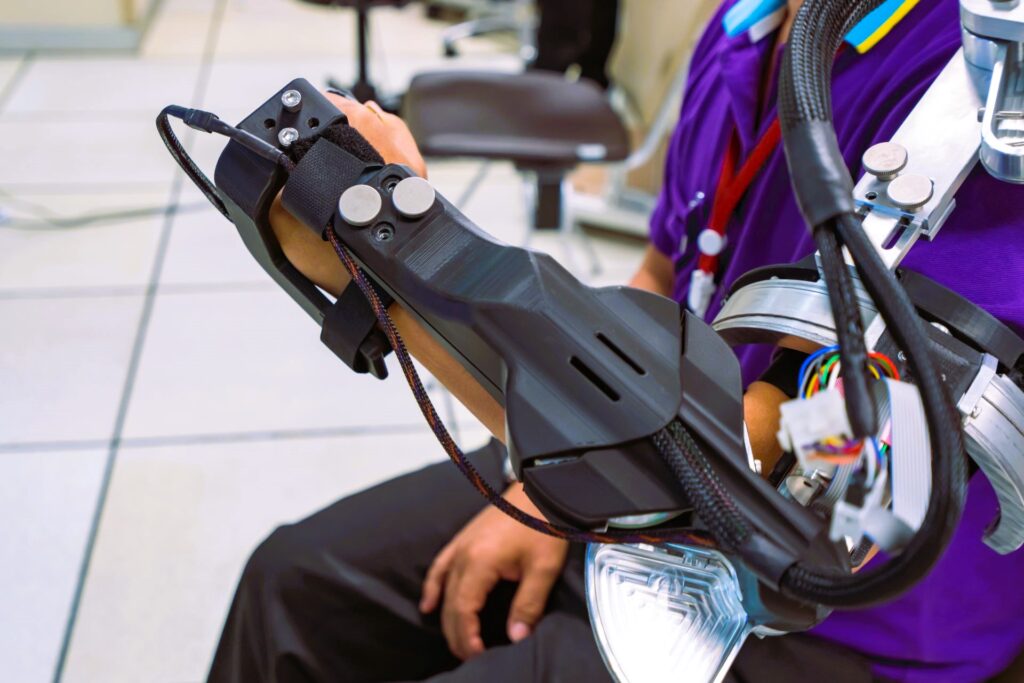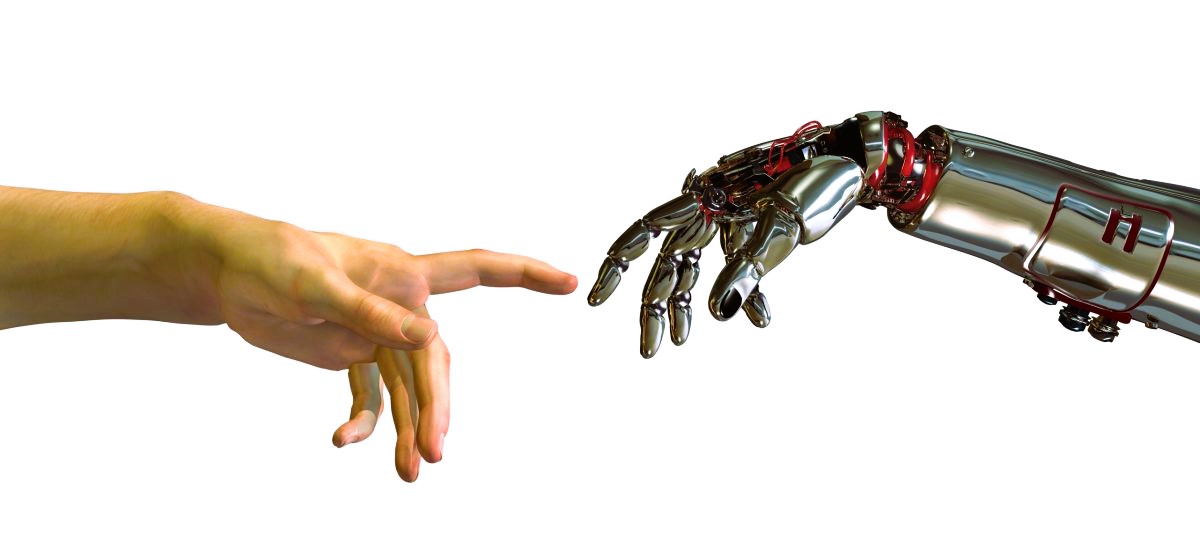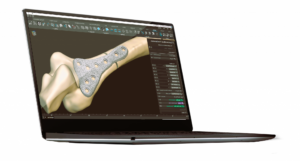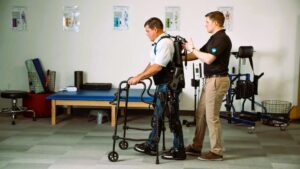In recent years, robotics has emerged as a promising technology in the field of rehabilitation, offering innovative solutions to enhance the delivery of physical therapy interventions and improve patient outcomes. From robotic exoskeletons and assistive devices to interactive rehabilitation platforms, the use of robotics in rehabilitation has seen significant advancements with profound implications for physical therapy practice. This article explores the latest developments in robotics for rehabilitation and their impact on the delivery of care.
The Evolution of Robotics in Rehabilitation
The integration of robotics into rehabilitation practice represents a paradigm shift in the way we approach the rehabilitation of individuals with musculoskeletal and neurological impairments. Robotics offer unique capabilities, such as precision control, adaptive assistance, and real-time feedback, that complement traditional therapeutic modalities and address the diverse needs of patients across the lifespan.
The roots of robotics in rehabilitation can be traced back to the development of early assistive devices and mobility aids for individuals with mobility impairments. Over time, advancements in robotics technology, including improvements in actuators, sensors, and control algorithms, have led to the creation of more sophisticated and versatile robotic systems capable of supporting a wide range of rehabilitation tasks.
Types of Robotics in Rehabilitation

There are several types of robotics used in rehabilitation, each serving specific purposes and target populations:
- Exoskeletons: Robotic exoskeletons are wearable devices that augment or restore movement in individuals with lower limb impairments. These robotic systems provide powered assistance to the lower limbs, enabling individuals with paralysis, weakness, or gait abnormalities to stand up, walk, and perform activities of daily living with greater independence.
- Robotic Prosthetics: Robotic prosthetic devices replace missing or amputated limbs and utilize advanced sensor and actuator technologies to mimic the movements and functions of natural limbs. These prosthetic devices can be customized to match the individual’s anatomy and preferences, allowing for more natural and intuitive control.
- Rehabilitation Robots: Rehabilitation robots are designed to assist therapists in delivering repetitive, task-specific exercises to promote motor learning and functional recovery in patients with stroke, spinal cord injury, traumatic brain injury, and other neurological conditions. These robots can provide adaptive assistance, resistance, and feedback to optimize therapeutic outcomes and engage patients in interactive rehabilitation activities.
- Interactive Gaming Systems: Interactive gaming systems combine robotics with virtual reality and gamification techniques to create engaging and motivating rehabilitation environments. These systems offer immersive experiences that encourage patients to participate in therapeutic exercises, improve motor skills, and track their progress over time. Wearable technologies in physiotherapy, read more at the link.
Impact on Physical Therapy Practice
The integration of robotics into physical therapy practice has had a transformative impact on the delivery of care, offering several benefits for both therapists and patients:
- Enhanced Therapeutic Interventions: Robotics enable therapists to deliver high-intensity, repetitive exercises with greater precision and consistency, leading to more effective motor learning and functional recovery.
- Customized Treatment Plans: Robotic systems allow for the customization of treatment plans based on individual patient needs, preferences, and functional goals, ensuring personalized care and optimal outcomes.
- Improved Patient Engagement: The interactive and immersive nature of robotic rehabilitation technologies enhances patient engagement and motivation, leading to increased adherence to therapy and better long-term outcomes.
- Objective Outcome Measures: Robotics provide objective measures of patient performance and progress, allowing therapists to track rehabilitation outcomes more accurately and adjust treatment interventions accordingly.
Challenges and Considerations
Despite the numerous benefits of robotics in rehabilitation, several challenges and considerations must be addressed to maximize their potential:
- Cost and Accessibility: The high cost of robotic systems and the limited availability of specialized training and infrastructure pose barriers to widespread adoption and accessibility, particularly in resource-constrained settings.
- Integration into Clinical Practice: Integrating robotics into clinical practice requires training and collaboration among therapists, engineers, and healthcare administrators to ensure seamless integration, standardized protocols, and evidence-based practice.
- Ethical and Societal Implications: Robotics raise ethical considerations related to patient autonomy, consent, privacy, and the potential for technology-mediated interactions to replace human touch and empathy in rehabilitation settings.

Conclusion
Robotics have emerged as a transformative technology in rehabilitation, offering innovative solutions to enhance physical therapy practice and improve patient outcomes. From exoskeletons and prosthetic devices to rehabilitation robots and interactive gaming systems, the applications of robotics in rehabilitation are diverse and evolving rapidly.
For further information on the standardization of robotics in healthcare, visit Wikipedia’s page on Medical robotics.
As robotics technology continues to advance, its integration into physical therapy practice holds tremendous promise for optimizing rehabilitation interventions, empowering patients, and redefining the boundaries of recovery and independence for individuals with musculoskeletal and neurological impairments. By embracing robotics as a complementary tool in the rehabilitation toolkit, physical therapists can unlock new opportunities for innovation, collaboration, and transformative care delivery.




